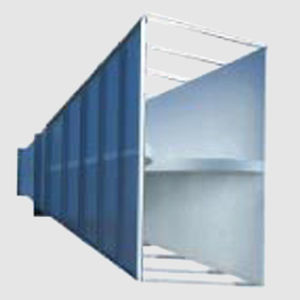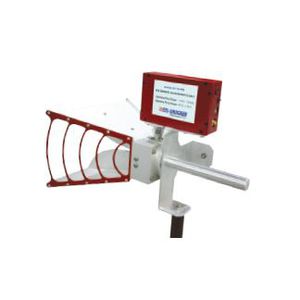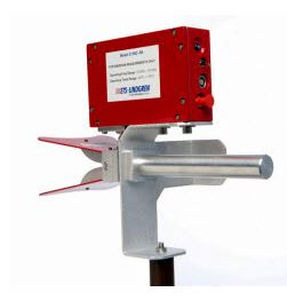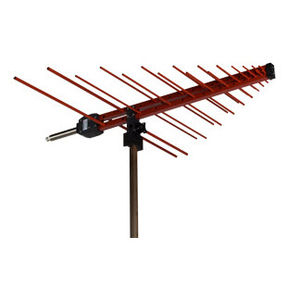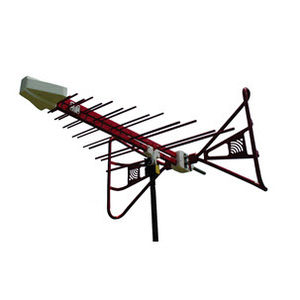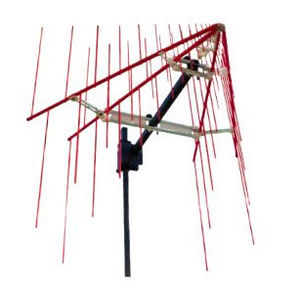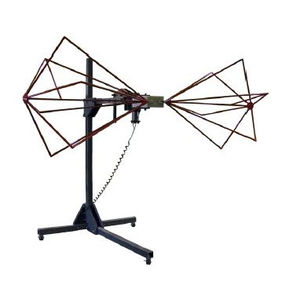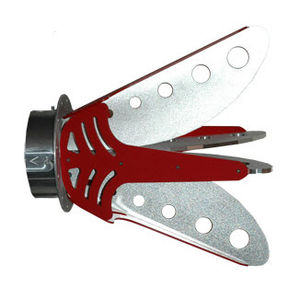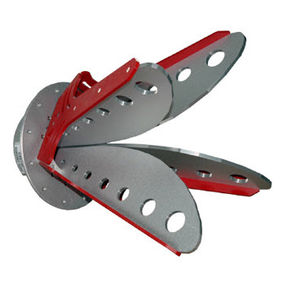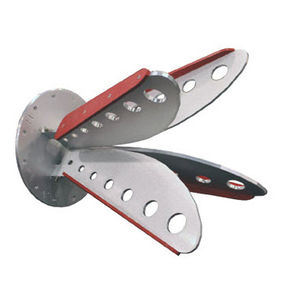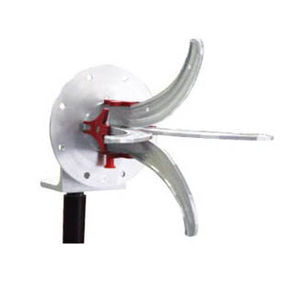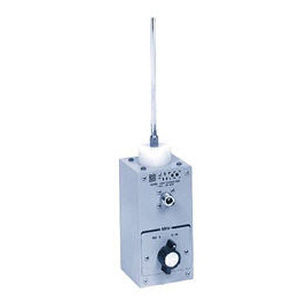
Microwave antenna 3117hornwaveguideridged waveguide


Add to favorites
Compare this product
Characteristics
- Network
- microwave
- Type
- horn
- Other characteristics
- waveguide, ridged waveguide
- Frequency
Max.: 18 GHz
Min.: 1 GHz
Description
ETS-Lindgren's Model 3117 Double-ridged Waveguide corrects the lower gain at the upper end of the frequency range, commonly found in ridged waveguide antennas.
Users of this antenna benefit from uniform illumination of target surfaces and accurate gain measurement. In addition, the 3117 exhibits high gain and low VSWR across its operational frequency band, accepting moderate power input of 300 watts.
The electrical characteristics of this antenna were designed and modeled using powerful workstations running electromagnetic simulation software. Equally important, experienced RF engineers worked with our manufacturing team to produce a practical and affordable realization of the modeling process. All production units are individually calibrated at our A2LA accredited lab.
Key Features
300 W Continuous Power Input Capacity
Maintains Single Lobe Radiation Pattern Over Frequency
Uniform Gain
Low VSWR
Flexible Mounting Configuration
Single Lobe Radiation Pattern
The model 3117 maintains a single main lobe pattern in the direction of the horn axis over its frequency range. This characteristic is essential for even distribution of electromagnetic energy on a target surface, and accurate measurement of gain and vector information. The model 3117s unique design suppresses the propagation of high order modes. The result is an antenna with a well-defined single lobe radiation pattern that outperforms other antennas in its class
Ultra Broadband
The model 3117 sweeps from 1 GHz to 18 GHz without stopping for band breaks, making it ideal for automated testing. It has the widest usable frequency range of any antenna in its class, with no performance degradation from high order modes
Catalogs
No catalogs are available for this product.
See all of ETS Lindgren‘s catalogsRelated Searches
- RF antenna
- Omnidirectional antenna
- Outdoor antenna
- GNSS antenna
- WLAN antenna
- Directional antenna
- GPS antenna
- Compact antenna
- Passive antenna
- WiFi antenna
- Rugged antenna
- Measurement antenna
- Vehicle antenna
- Broadband antenna
- Indoor antenna
- Dipole antenna
- Active antenna
- High-gain antenna
- Linear polarized antenna
- Horn antenna
*Prices are pre-tax. They exclude delivery charges and customs duties and do not include additional charges for installation or activation options. Prices are indicative only and may vary by country, with changes to the cost of raw materials and exchange rates.






